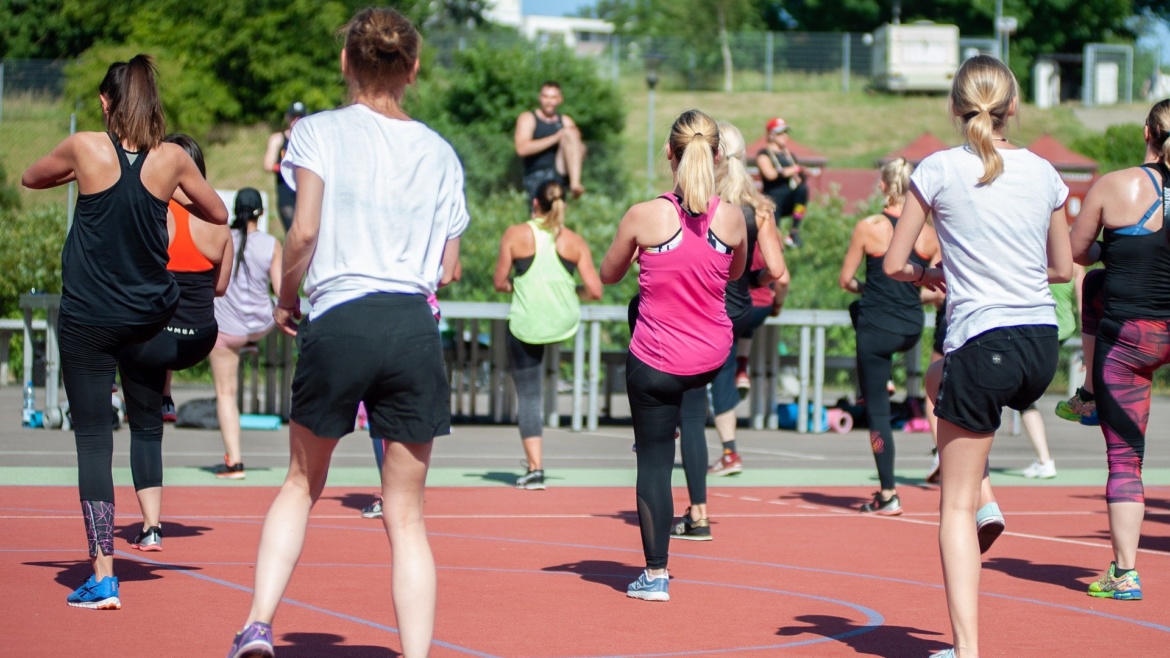Exercise does not have to be completely avoided during Ramadan. Indeed, with some expert help, you can still do it safely and sustainably over the thirty-day time of reflection.
The most important thing to remember is to not overwork. Maintaining your fitness, developing a long-term workout regimen, and focusing on nutrient-dense and water-rich diets should be your key priorities.
Here are some of the tips for exercising safely during Ramadan
- Choose a time that is convenient for you
Exercising when fasted is difficult, especially when daily stressors and warmer weather are factored in. Finding the optimum time for you will be crucial to maintaining a safe and sustainable workout regimen. That’s why exercising right before iftar (breaking of the fast) or between iftar and suhoor (pre-dawn meal) before the start of the next fast is a good time since you can eat and drink thereafter to replenish and rehydrate your body.
https://youtu.be/UItWltVZZmE - Drink plenty of water between iftar and suhoor
It’s important to keep an eye out for a lack of water. It will make exercising more difficult and lead you to become fatigued more quickly. Fortunately, there are some pointers to help you get through the time when you aren’t drinking water. Keep yourself hydrated between iftar and suhoor, keep a water bottle with you, and drink frequently during this period. Also, eating fluid-rich fruits and vegetables when you break your fast will help to keep you replenished and hydrated, too. High-water content fruits and vegetables:-
-
- Watermelon
- Tomatoes
- Apples
- Cucumber
- Oranges
- Spinach
-
-
- How frequent you should work out per week
It’s a good idea to add one to two extra rest days to your regimen. You may train one day and then rest the next, and repeat this pattern throughout the week. - Eat foods that are high in fiber and protein
The most important thing during Ramadan, according to award-winning nutritionist Dr Kawther Hashem, is to combine high-fiber starchy foods with high-quality protein sources.
High-fiber foods are digested slowly and release energy slowly. Examples of foods that contain high fiber content:-
-
- Bran.
- Cereals.
- Whole wheat grains.
- Oats.
- Brown rice.
- Almost all fruits, including dried fruits.
- Vegetables such as green beans.
https://youtu.be/rbJ9_JhACtk
By combining these items with high-protein foods like milk, yogurt, beans, fish, or meat; you will keep your blood glucose levels constant, and you’ll be less hungry the next day.
-
-
- Avoid excess salt and caffeine
During the fast, salty foods, as well as excessive salt at the table can cause thirst and dehydration.
That’s why instead of salt, it’s recommended to use herbs, spices, lemon, and lime to add flavor to food.
Also, if it’s possible, stay away from caffeine-containing beverages during Ramadan.
These drinks are diuretics, which means they will cause the body to lose water faster, while also interfering with nutrient absorption, notably iron absorption.
Finally, the most important thing is to recognize where you, your body, and your activity are right now – use this time to reflect on how you can maintain your health and good habits.
By: Riham Habib



